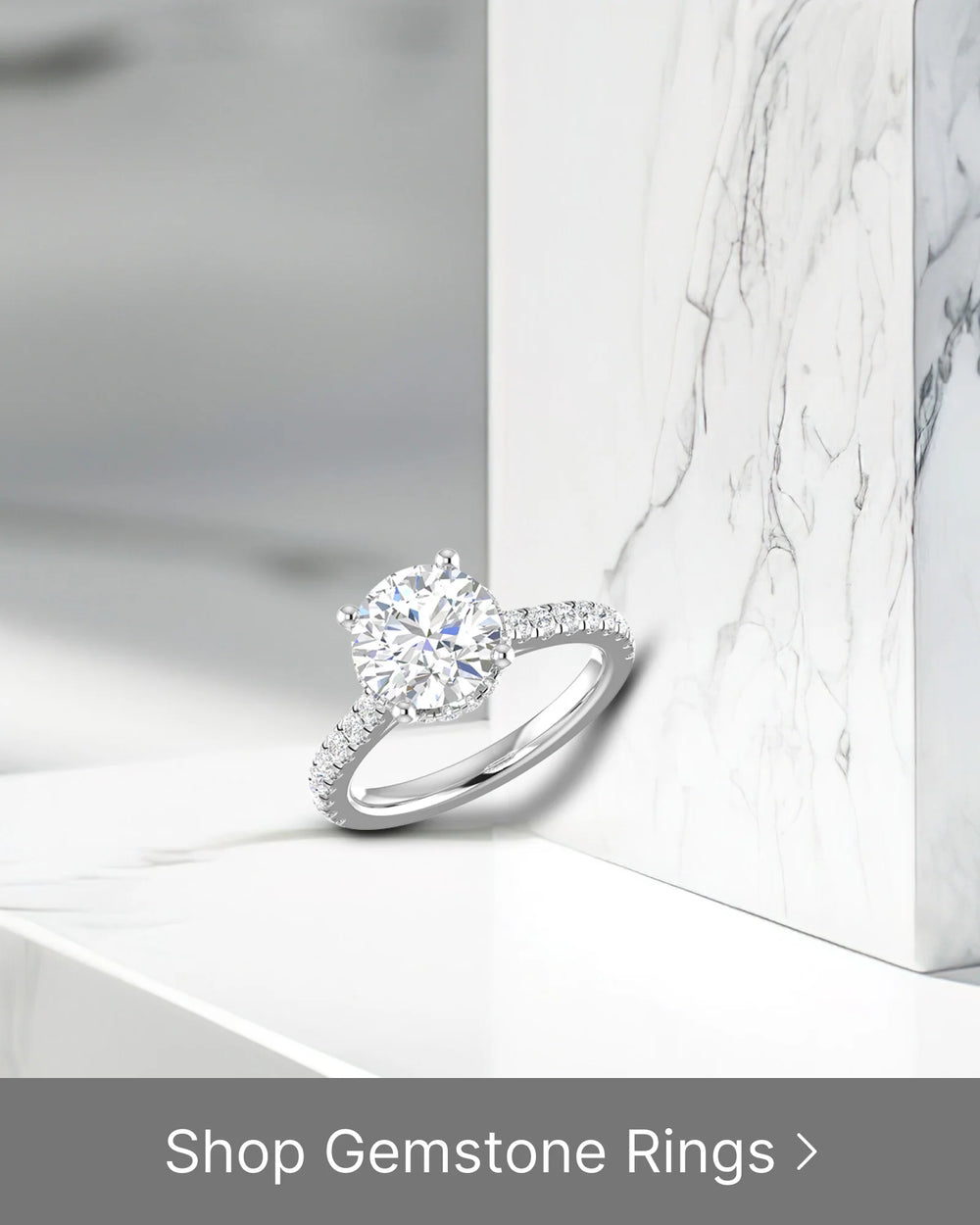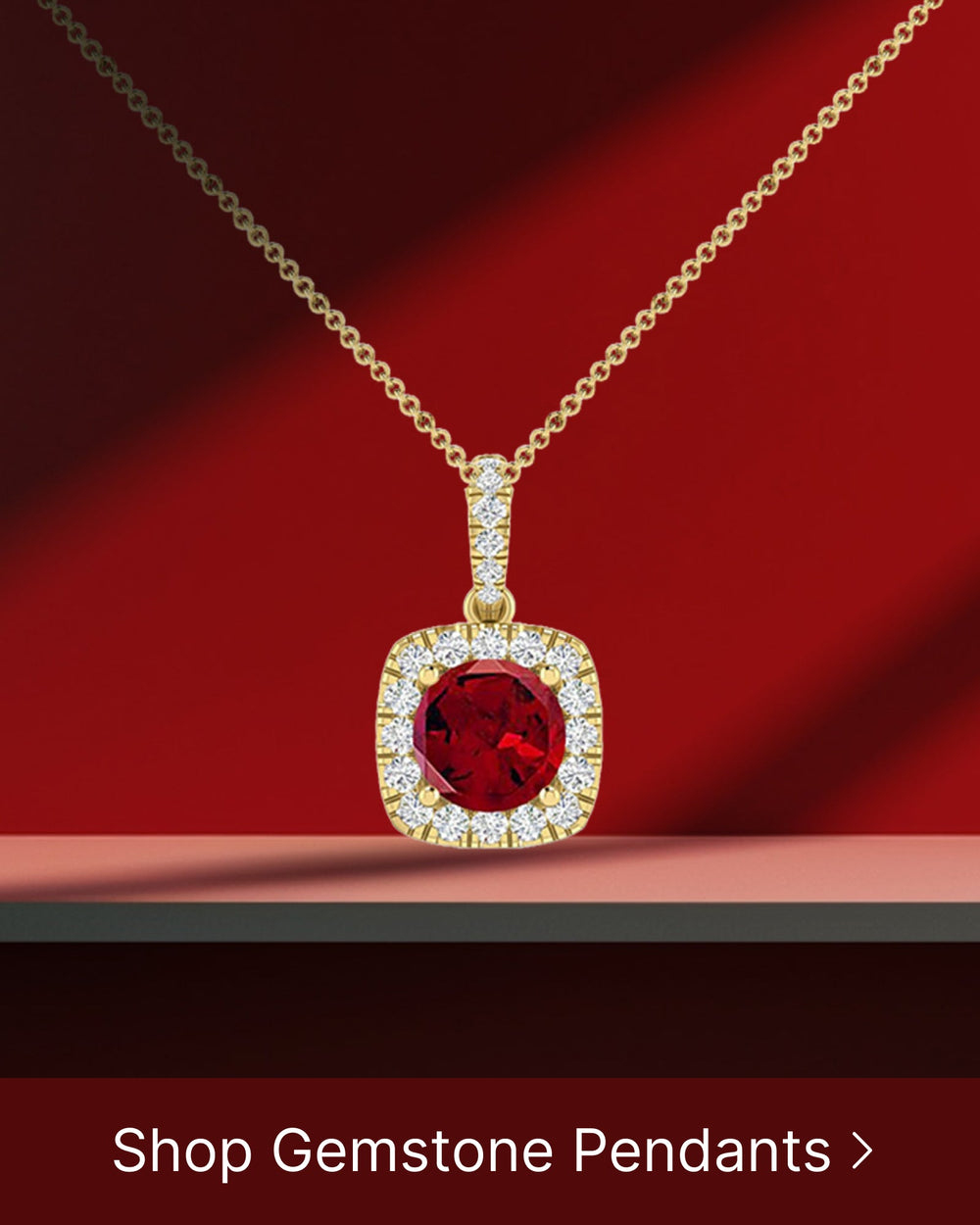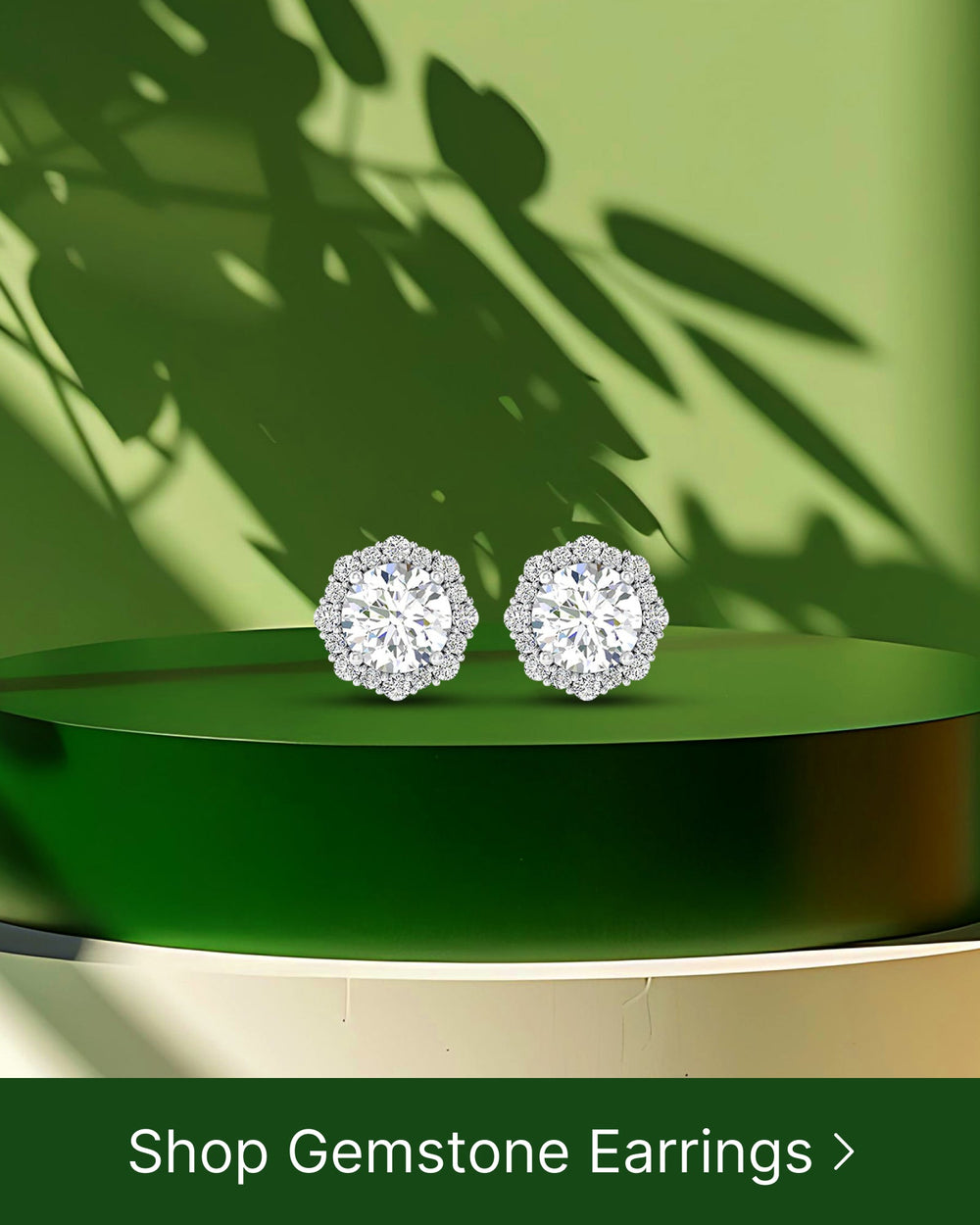Diamonds have fascinated humans for centuries, captivating our attention with their beauty and rarity. Here are 10 fascinating facts about diamonds that will ignite your curiosity and deepen your appreciation for these precious gemstones.
The Origin of Diamonds
Have you ever wondered where diamonds come from? Well, they are not formed deep underground like other gemstones. Diamonds are actually created deep within the Earth's mantle, about 90 to 120 miles below the surface. Through a process that takes millions of years, extreme heat and pressure transform carbon atoms into the dazzling gemstones we know and love.
But let's dive deeper into the fascinating world of diamond formation. The journey of a diamond begins with carbon-rich rocks called kimberlites and lamproites. These rocks act as conduits, carrying diamonds from the mantle to the Earth's surface through volcanic eruptions. These eruptions, known as kimberlite pipes, are like natural pipelines that transport diamonds and other minerals to levels where they can be mined.
Now, let's take a closer look at the role of carbon in the creation of diamonds. Carbon, a fundamental element, plays a vital role in the formation of these precious gemstones. Under immense heat and pressure deep within the Earth, carbon atoms undergo a remarkable transformation. They rearrange themselves into a crystal lattice structure, giving diamonds their unique hardness and transparency. It is this arrangement of carbon atoms that gives diamonds their exceptional physical properties.
As the carbon atoms bond together, they form the intricate lattice structure that defines a diamond. This structure is what gives diamonds their incredible strength, making them the hardest substance known to man. The arrangement of carbon atoms also determines the clarity and color of a diamond. Impurities or irregularities in the lattice can result in different hues, such as yellow or blue diamonds.
The process of diamond formation is a testament to the incredible forces at work deep within the Earth. It is a delicate dance between heat, pressure, and time that transforms ordinary carbon into these extraordinary gemstones. And it is this natural process that makes diamonds so rare and valuable.
So, the next time you admire a sparkling diamond, remember its journey from the depths of the Earth's mantle to the surface. Each diamond carries within it a story of immense heat, pressure, and geological wonders. It is a story that spans millions of years and reminds us of the remarkable beauty that can be found in the natural world.
The Rarity of Diamonds
One of the reasons diamonds are so highly prized is their rarity. While there are numerous factors that determine the rarity of a diamond, one of the most significant is their natural occurrence. Only a small fraction of the Earth's diamonds are suitable for use in jewelry, making them truly precious.
But what exactly makes diamonds rare? Let's delve deeper into the factors that determine their rarity.
Factors Determining Rarity
The rarity of diamonds is influenced by multiple factors, including size, color, clarity, and overall quality. Large diamonds are scarce and highly sought after, as they require specific geological conditions to form. These conditions are not easily met, resulting in the rarity of large diamonds.
Color is another crucial factor in determining a diamond's rarity. While most diamonds are colorless, those with vivid and intense colors, such as pink or blue, are exceptionally rare. These colored diamonds are formed due to the presence of trace elements during their formation process, which adds to their uniqueness and desirability.
Clarity, or the absence of internal flaws, also plays a significant role in a diamond's rarity. Diamonds with minimal internal flaws, known as inclusions, are rarer and consequently more valuable. The formation of diamonds deep within the Earth's mantle often exposes them to extreme pressure and heat, resulting in the formation of these internal flaws. Diamonds with high clarity are therefore highly sought after by collectors and enthusiasts.
The Most Rare Types of Diamonds
Among the rarest diamonds in the world are the fancy colored diamonds, with hues that range from deep blues to vibrant greens and even mesmerizing reds. These colored diamonds are incredibly scarce, making up less than 0.1% of all diamonds. The mesmerizing colors of these diamonds are caused by the presence of specific elements during their formation, such as boron for blue diamonds and nitrogen for yellow diamonds.
One of the most famous examples of a rare colored diamond is the Hope Diamond. Renowned for its stunning blue color, this diamond has a long and fascinating history. It was originally discovered in India and later acquired by King Louis XIV of France. Over the centuries, the Hope Diamond changed hands multiple times, each time adding to its allure and mystique. Today, it is on display at the Smithsonian Institution in Washington, D.C., captivating visitors with its breathtaking beauty.
In addition to fancy colored diamonds, other rare types include diamonds with unique characteristics such as the rarest of them all, the red diamond. These diamonds are so scarce that only a handful have ever been found, making them highly sought after by collectors and investors alike.
As we can see, the rarity of diamonds goes beyond their natural occurrence. The combination of factors such as size, color, clarity, and unique characteristics contribute to their scarcity and desirability. Diamonds truly are a testament to the wonders of nature and the pursuit of beauty.
The Hardness of Diamonds
It is no secret that diamonds are considered one of the hardest substances on Earth. In fact, the Mohs Scale of Hardness ranks diamonds as the highest with a rating of 10. This exceptional hardness makes diamonds suitable for various industrial applications.
But what exactly does it mean for a substance to be "hard"? Hardness refers to a material's resistance to scratching or abrasion. The Mohs Scale of Hardness, developed by Friedrich Mohs in 1812, is a measurement system used to determine the scratch resistance of minerals. The scale ranges from 1 to 10, with 1 being the softest and 10 being the hardest. Diamonds, with their rating of 10, are considerably harder than any other known substance.
Mohs Scale of Hardness
The Mohs Scale of Hardness is a fascinating tool that allows us to compare the relative hardness of different minerals. It is based on the principle that a harder material will scratch a softer material. For example, if a mineral can be scratched by a substance with a higher rating on the scale, it is considered to be softer than that substance.
Diamonds, being at the top of the scale, can scratch any other mineral. This exceptional hardness makes diamonds ideal for cutting and polishing other gemstones and materials. Jewelers and lapidaries rely on diamonds to shape and refine precious stones, creating stunning pieces of jewelry.
Industrial Uses of Diamonds
Outside of their renowned beauty, diamonds have a wide range of industrial applications. Due to their hardness, diamonds are used in cutting tools for industries such as mining and construction. The sharp edges of diamond-tipped tools make them incredibly effective at slicing through tough materials like concrete and rock.
But it's not just the mining and construction industries that benefit from the hardness of diamonds. Diamond-coated tools are also employed in the manufacturing of electronics, optical lenses, and even surgical instruments. The precision and durability provided by diamond coatings ensure that these tools can perform their tasks with utmost accuracy and longevity.
Furthermore, diamonds are used in high-pressure experiments and scientific research. Their ability to withstand extreme pressure and temperature conditions makes them invaluable in studying the behavior of materials under such circumstances.
So, while diamonds are often associated with luxury and glamour, their remarkable hardness opens up a world of practical applications. From cutting through tough materials to enhancing the precision of scientific experiments, diamonds continue to prove their worth beyond their aesthetic appeal.
The Brilliance and Fire of Diamonds
When we think of diamonds, we often imagine their brilliance and fiery sparkle. But what creates this mesmerizing effect?
Understanding Diamond Refraction
The brilliance of a diamond is a result of its ability to refract and reflect light. Diamonds have a high refractive index, which means they bend and disperse light in a way that creates a dazzling display. This refraction, coupled with facets that act as mirrors, allows the light to bounce back and forth, producing that iconic sparkle we associate with diamonds.
The Impact of Cut on Brilliance
The cut of a diamond plays a crucial role in determining its brilliance. A well-cut diamond, when crafted by skilled artisans, maximizes light performance and enhances its overall beauty. A diamond's cut affects its ability to reflect light, therefore a precisely cut diamond will exhibit superior brilliance and sparkle.
The Value of Diamonds
Diamonds are not only admired for their beauty and durability; they also hold significant value.
Factors Influencing Diamond Value
Several factors contribute to the value of a diamond. The 4Cs – carat weight, cut, color, and clarity – are the industry-standard criteria used to assess a diamond's quality and worth. Additionally, factors such as the diamond's shape, presence of any certifications, and market demand also impact its overall value.
The World's Most Expensive Diamonds
Some diamonds hold legendary status due to their incredible rarity and astronomical prices. The world's most expensive diamonds include famous gems such as the Pink Star, the Blue Moon, and the Graff Pink. These extraordinary diamonds combine exceptional beauty with historical significance, making them highly sought after by collectors and investors alike.
As you can see, diamonds are more than just glittering gemstones. From their extraordinary journey through the Earth to their unrivaled brilliance and everlasting value, diamonds continue to captivate our hearts and minds. These 10 fascinating facts invite us to explore the glittering world of diamonds and appreciate their timeless allure.







